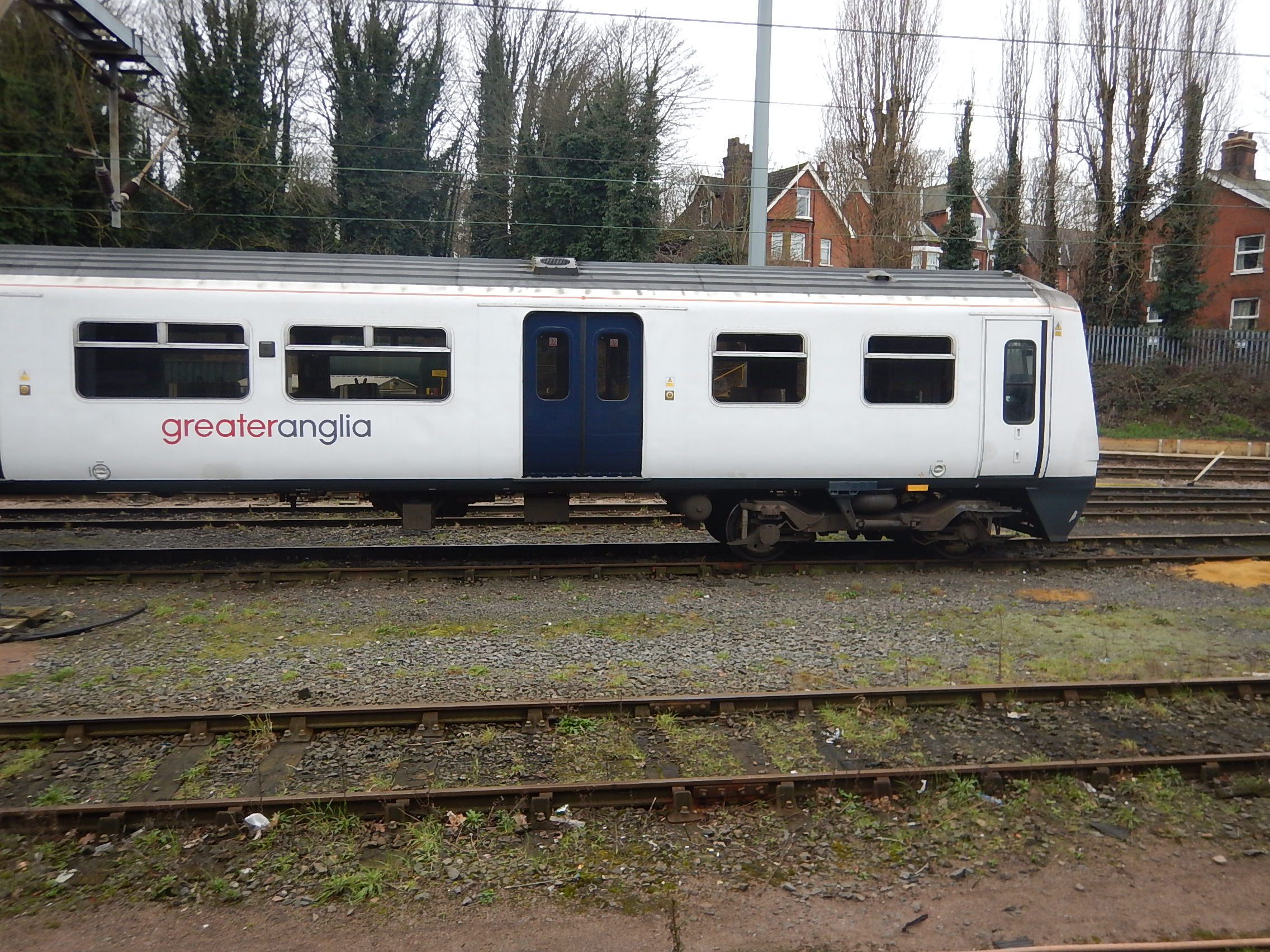OK, I stand corrected. I assumed that the ac only sets had tap changers as for MKIs. I assume that getting the EMC clearance for either of those systems was a major task, even with the more relaxed RFI limits of the '80s. Hi speed semiconductor power switch design is a mature technology now so Brush probably didn't have too many problems integrating the diesel gensets.317-322 (bar 319s) have Thyristor control, so yes. Meanwhile the 319s have GTO Chopper control, which is a lot more complex (hence the need to keep the trailer coach).
Hopefully that is only a short-term requirement. Given the recent acceptance of the pollution issues of diesels and the greater environmental issues of hydrocarbon IC engines, it may be politically more acceptable to convert redundant EMUs with modern IIIb and later engines than putting whole new diesel-only trains into service. The potentially limited life of vehicles that have already given 30 years of service means that they are not regarded as a 30 year commitment to continued pollution.We have far too many EMUs. What we need is more independently powered trains. That's why so much rides on the 769.
I hope that they are successful in the roles envisaged for them. They may encourage more infill electrification schemes so that they can be moved on to the next line needing bi-modes, (much the same justification for the class 80xs). It seems that the low speed torque benefits of electric motors over hydraulic converters live on way after the GWR gave up on them. Maybe there is an opportunity for a battery/supercapacitor booster addition to supplement the finite power available from the diesel engine to make use of the non-continuous rating of the motors as is normal when in electric mode.

